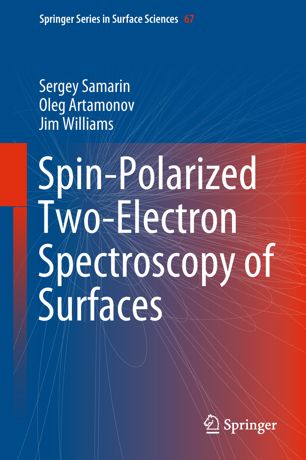

Most ebook files are in PDF format, so you can easily read them using various software such as Foxit Reader or directly on the Google Chrome browser.
Some ebook files are released by publishers in other formats such as .awz, .mobi, .epub, .fb2, etc. You may need to install specific software to read these formats on mobile/PC, such as Calibre.
Please read the tutorial at this link: https://ebookbell.com/faq
We offer FREE conversion to the popular formats you request; however, this may take some time. Therefore, right after payment, please email us, and we will try to provide the service as quickly as possible.
For some exceptional file formats or broken links (if any), please refrain from opening any disputes. Instead, email us first, and we will try to assist within a maximum of 6 hours.
EbookBell Team

4.1
70 reviewsThis book presents developments of techniques for detection and analysis of two electrons resulting from the interaction of a single incident electron with a solid surface. Spin dependence in scattering of spin-polarized electrons from magnetic and non-magnetic surfaces is governed by exchange and spin-orbit effects. The effects of spin and angular electron momentum are shown through symmetry of experimental geometries: (i) normal and off normal electron incidence on a crystal surface, (ii) spin polarization directions within mirror planes of the surface, and (iii) rotation and interchange of detectors with respect to the surface normal. Symmetry considerations establish relationships between the spin asymmetry of two-electron distributions and the spin asymmetry of Spectral Density Function of the sample, hence providing information on the spin-dependent sample electronic structure. Detailed energy and angular distributions of electron pairs carry information on the electron-electron interaction and electron correlation inside the solid. The “exchange – correlation hole” associated with Coulomb and exchange electron correlation in solids can be visualized using spin-polarized two-electron spectroscopy. Also spin entanglement of electron pairs can be probed. A description of correlated electron pairs generation from surfaces using other types of incident particles, such as photons, ions, positrons is also presented.